The promise of repairing damaged hearts through regenerative medicine - infusing stem cells into the heart in the hope that these cells will replace worn out or damaged tissue - has yet to meet with clinical success. But a highly sensitive visualization technique developed by Stanford University School of Medicine scientists may help speed that promise's realization.
Mar 20th, 2013
Read more
A new single step method for producing tungsten oxide nanorods with functionalized gold or platinum nanoparticles for the production of selective gas microsensor arrays.
Mar 20th, 2013
Read more
A Swedish research team has successfully created a magnetic soliton - a spin torque-generated nano-droplet that could lead to technological innovation in such areas as mobile telecommunications.
Mar 20th, 2013
Read more
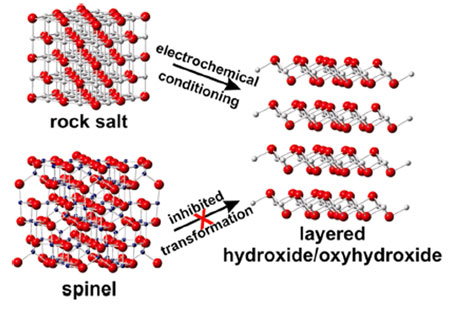 Basic University of Oregon research shows promise in efforts to get hydrogen fuel from sunlight and water.
Basic University of Oregon research shows promise in efforts to get hydrogen fuel from sunlight and water.
Mar 20th, 2013
Read more
Study finds targeted drug nanoparticles may be effective in treating chronic diseases.
Mar 20th, 2013
Read more
Scientists have cracked a 35-year-old mystery about the workings of the natural motors that are serving as models for development of a futuristic genre of synthetic nanomotors that pump therapeutic DNA, RNA or drugs into individual diseased cells.
Mar 20th, 2013
Read more
European researchers in the Nanodevice project are investigating the safety aspects of nanomaterial production. Their plan laid down in 2009 was to develop new concepts, reliable methods and portable devices for detecting, analysing and monitoring airborne ENMs in the workplace. The latest feedback from the team suggests the project has delivered on its promise.
Mar 20th, 2013
Read more
Bundesbeh�rden bilanzieren Forschungsprojekte zur Sicherheit von Nanomaterialien.
Mar 20th, 2013
Read more
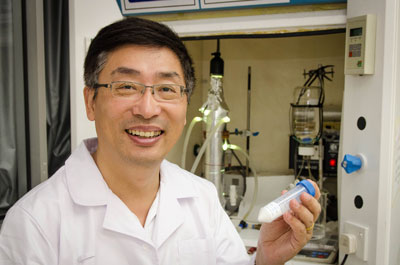 A new wonder material that can generate hydrogen, produce clean water and even create energy.
A new wonder material that can generate hydrogen, produce clean water and even create energy.
Mar 20th, 2013
Read more
Scientists present the history of quasicrystals and how this area can open up numerous opportunities in fundamental optics research.
Mar 20th, 2013
Read more
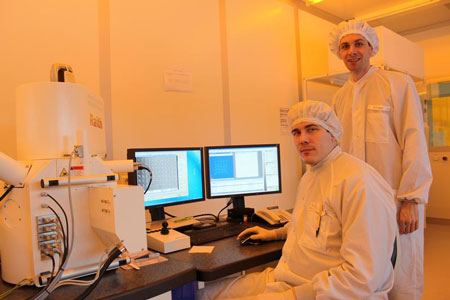 Entwicklung der weltweit ersten ultraflachen, bipolaren Meta-Linse gelungen - Material aus Glas und Gold 2.000 Mal d�nner als menschliches Haar - Nutzung in Photonik bei optischen Schaltkreisen und Leuchtdioden.
Entwicklung der weltweit ersten ultraflachen, bipolaren Meta-Linse gelungen - Material aus Glas und Gold 2.000 Mal d�nner als menschliches Haar - Nutzung in Photonik bei optischen Schaltkreisen und Leuchtdioden.
Mar 20th, 2013
Read more
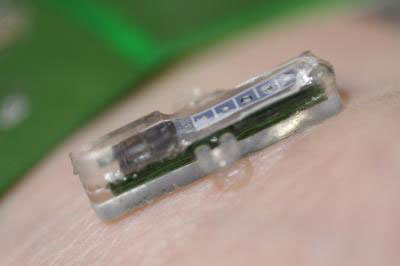 Scientists have developed a tiny, portable personal blood testing laboratory that sends data through mobile phone network
Scientists have developed a tiny, portable personal blood testing laboratory that sends data through mobile phone network
Mar 20th, 2013
Read more
The researchers succeeded in the production of zinc oxide nanostructures by using zinc acetate as the initiator through a new, fast, and simple sonochemical method.
Mar 19th, 2013
Read more
EPFL scientists have combined two materials with advantageous electronic properties -- graphene and molybdenite -- into a flash memory prototype that is very promising in terms of performance, size, flexibility and energy consumption.
Mar 19th, 2013
Read more
The realisation of quantum networks is one of the major challenges of modern physics. Now, new research shows how high-quality photons can be generated from 'solid-state' chips, bringing us closer to the quantum 'internet'.
Mar 19th, 2013
Read more
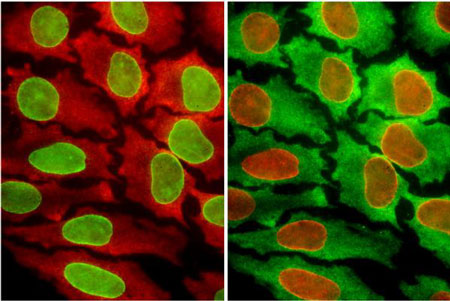 Better diagnosis and treatment of cancer could hinge on the ability to better understand a single cell at its molecular level. New research offers a more comprehensive way of analyzing one cell's unique behavior, using an array of colors to show patterns that could indicate why a cell will or won't become cancerous.
Better diagnosis and treatment of cancer could hinge on the ability to better understand a single cell at its molecular level. New research offers a more comprehensive way of analyzing one cell's unique behavior, using an array of colors to show patterns that could indicate why a cell will or won't become cancerous.
Mar 19th, 2013
Read more






 Subscribe to our Nanotechnology News feed
Subscribe to our Nanotechnology News feed